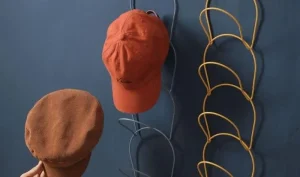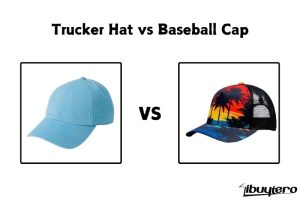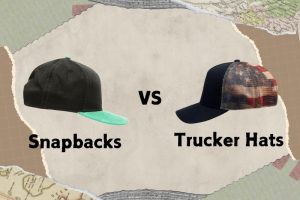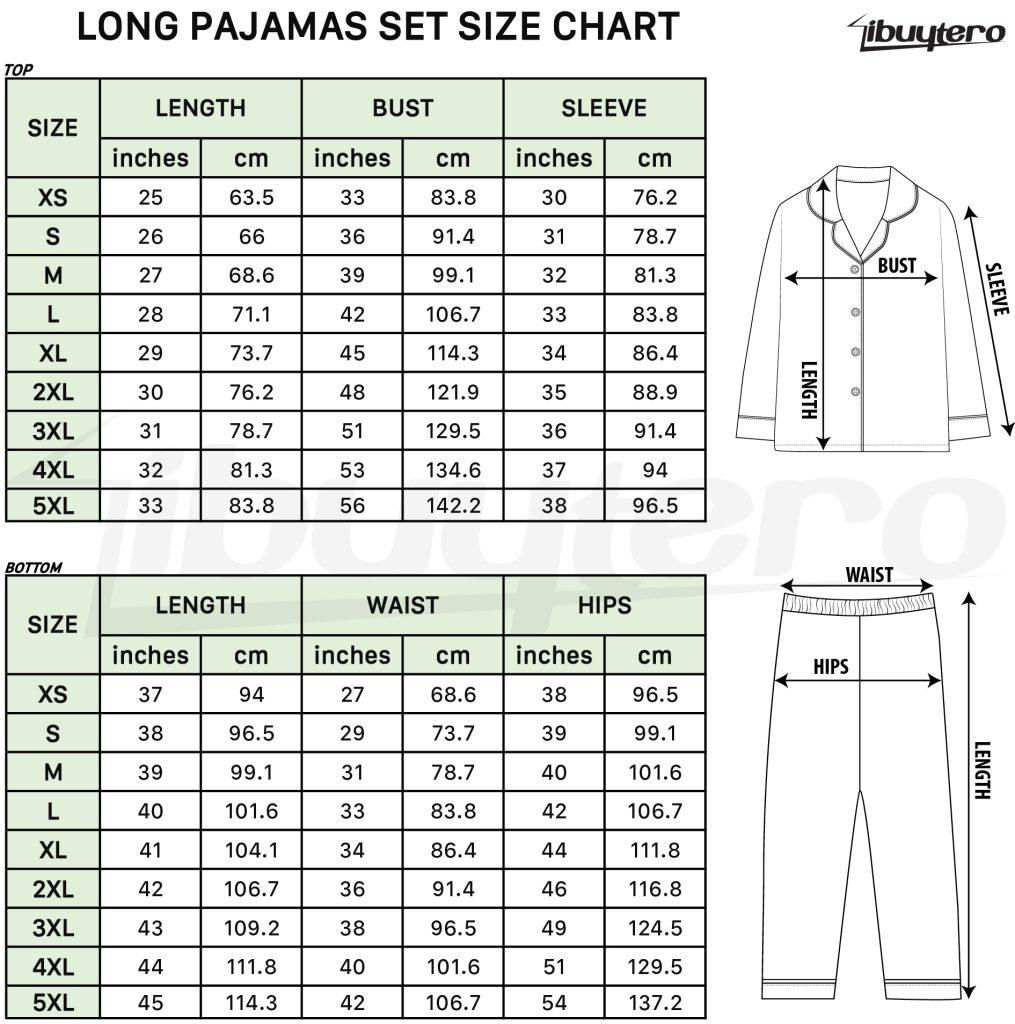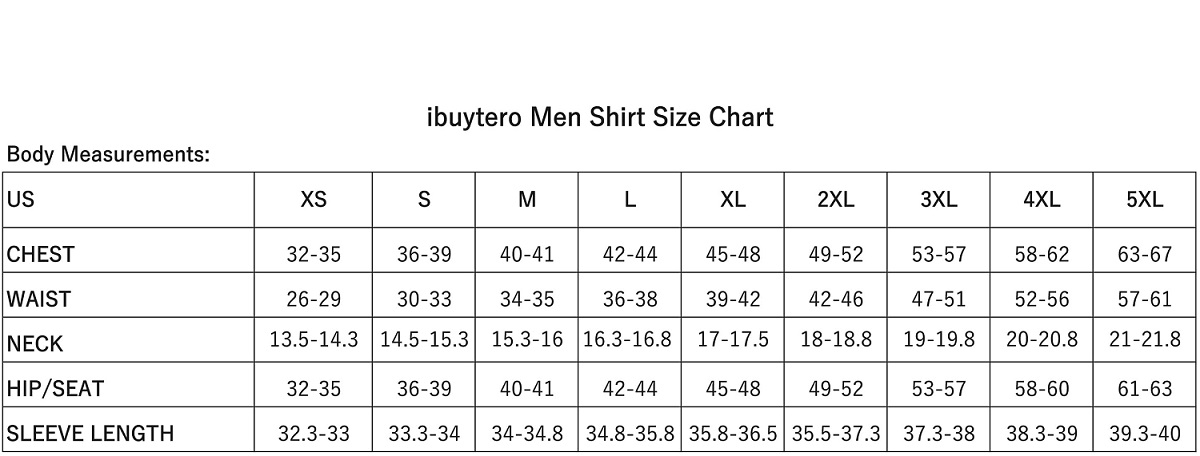Hats and Caps: What’s the Difference?
When it comes to headwear, the terms hats and caps are often used interchangeably, but they refer to distinct types of headgear with different features, styles, and functions. Understanding the differences between hats and caps can help you make the right choice for your needs, whether it’s for fashion, functionality, or both.
I. Defining hats and caps
Hats are a broad category of headwear that includes various styles designed for different purposes. They typically feature a crown, which is the top part that covers the head, and a brim, which extends outward from the base of the crown. Hats come in many shapes, sizes, and materials, making them versatile accessories for different occasions and climates.
Caps, on the other hand, are a subset of hats characterized by their specific structure. Caps usually have a rounded crown that fits snugly on the head and a visor or bill at the front to shield the eyes from the sun. Unlike hats, caps generally do not have a full brim around the crown.

II. Key differences between hats and caps
1. Structure and design:
- Hats: Typically have a full brim that encircles the crown, providing protection from the sun and elements on all sides. Common examples include fedoras, sun hats, and cowboy hats.
- Caps: Feature a visor or bill at the front, offering shade for the face and eyes. The back and sides are usually brimless. Examples include baseball caps, snapbacks, and trucker caps.
2. Purpose and functionality:
- Hats: Often designed for both fashion and function, hats can provide sun protection, warmth, or simply serve as a stylish accessory. Wide-brimmed hats, like sun hats and straw hats, are popular for outdoor activities, while wool hats and beanies are favored in colder weather.
- Caps: Primarily serve practical purposes, such as shielding the eyes from the sun and keeping the head cool. They are popular in sports and casual settings due to their comfortable fit and functional design.
3. Materials and styles:
- Hats: Made from a wide range of materials, including straw, wool, felt, and cotton. Styles can vary significantly, from formal top hats to casual bucket hats.
- Caps: Commonly made from cotton, polyester, or a blend of both, with mesh panels often used for breathability in styles like trucker caps. The designs are usually more casual and sport-oriented.
4. Versatility and occasions:
- Hats: Suitable for a variety of occasions, from formal events to casual outings. For instance, a stylish fedora can elevate a dressy outfit, while a floppy sun hat is perfect for a beach day.
- Caps: Generally more casual and associated with everyday wear and sports activities. Baseball caps and snapbacks are popular choices for a relaxed, sporty look.
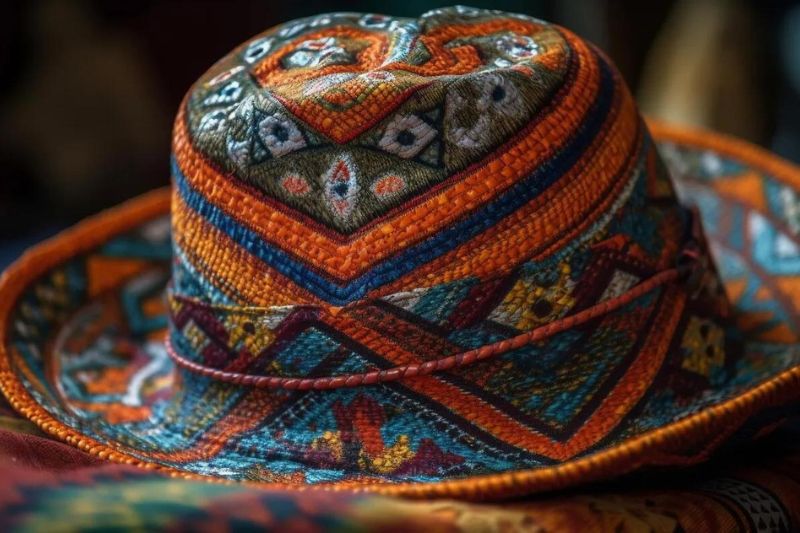
III. Popular styles of hats and caps
Hats:
- Fedora: A classic hat with a pinched crown and wide brim, often made of felt.
- Panama hat: A lightweight, straw hat with a wide brim, ideal for sunny weather.
- Beanie: A knitted hat that fits snugly on the head, providing warmth in cold climates.
- Bowler hat: A rounded hat with a narrow brim, historically worn by men in the 19th century.
Caps:
- Baseball cap: A cap with a rounded crown and a stiff visor, often featuring team logos.
- Snapback: A type of baseball cap with an adjustable snap closure at the back.
- Dad cap: A soft, unstructured cap with a slightly curved brim, often made of cotton.
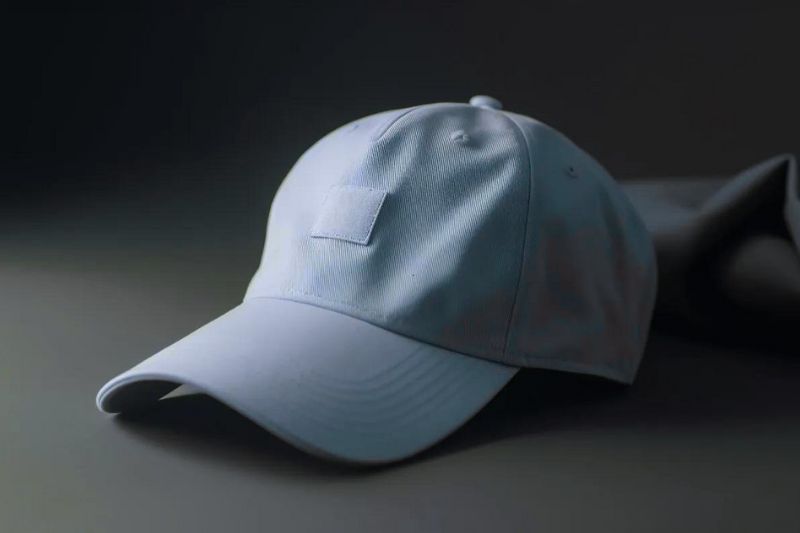
IV. Choosing between a hat and a cap
When deciding between a hat and a cap, consider the following factors:
- Purpose: Think about why you need headwear. If you need sun protection for a day at the beach, a wide-brimmed hat might be the best choice. For a casual outing or sports event, a cap could be more appropriate.
- Style: Consider your personal style and the occasion. Hats can add a touch of elegance or flair to an outfit, while caps tend to offer a more laid-back and sporty look.
- Comfort: Make sure the headwear fits well and feels comfortable. Caps with adjustable closures can offer a more customized fit, while hats should sit comfortably without being too tight or too loose.
V. Conclusion
Both hats and caps have their unique features and benefits, making them suitable for different situations and preferences. Understanding the distinctions between them can help you choose the right headwear to complement your style and meet your needs. Whether you opt for a hat or a cap, the right choice can enhance your look and provide the functionality you require.
Discover the unique appeal of trucker hats and Hawaiian shirts, two iconic fashion pieces that blend comfort and individuality. At ibuytero, we offer a curated selection of both, perfect for those who appreciate laid-back style with a touch of personality. Explore our shop to find top-quality trucker hats and vibrant Hawaiian shirts that suit any casual occasion. Follow us on Pinterest to keep up to date with the latest products.
You can refer to the articles below for more helpful information:
- The ultimate snapback wearing handbook
- How to remove sweat stains from hats
- How to measure your hat size the right way
- Snapback hats and handy tips to keep in mind



